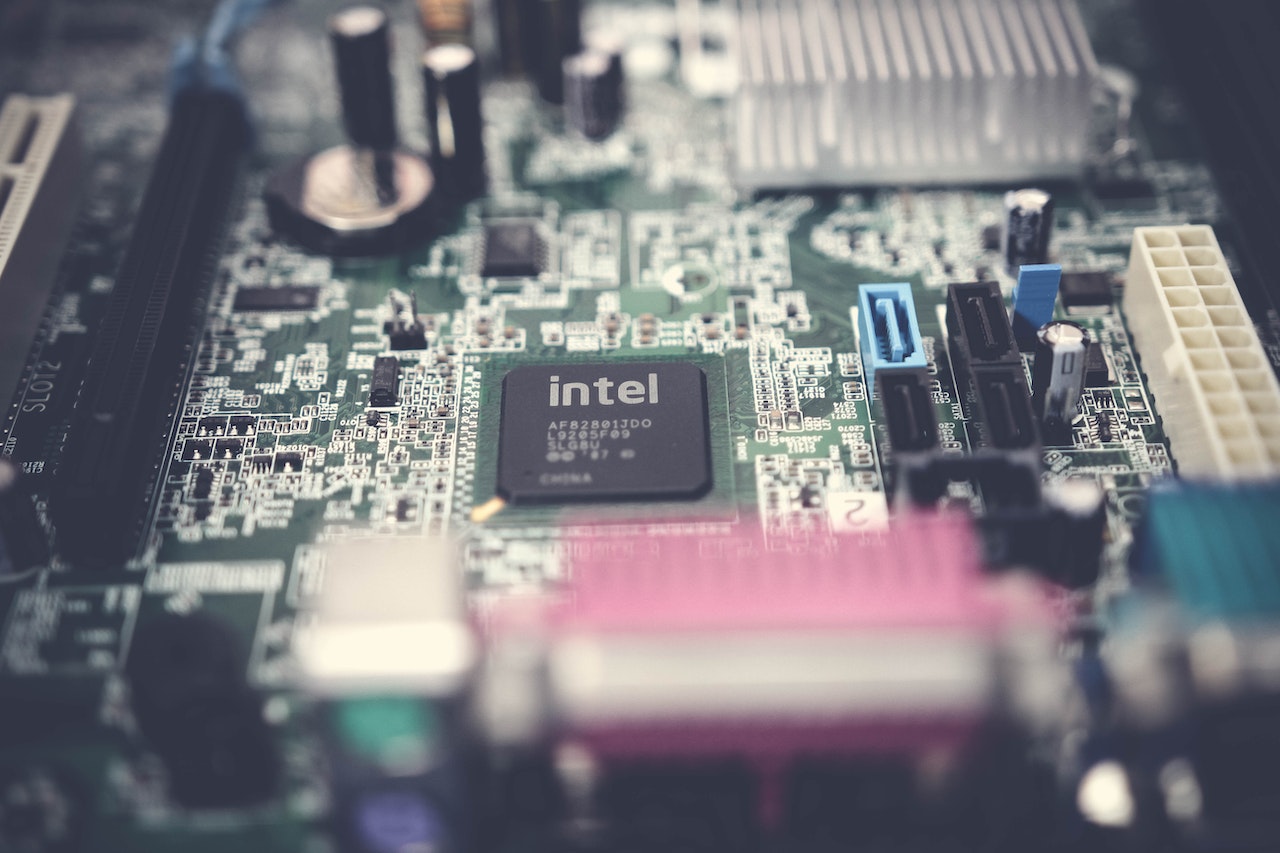The global chip shortage has had a devastating impact on the many industries that produce electronics products. However, experts say that the chip shortage improved significantly toward the end of 2022 and expect the situation to continue to improve in 2023. The end of this shortage could spark an economic recovery in the automotive sector, which was among the hardest hit industries by the shortage.
How the Chip Shortage Has Affected the Auto Industry
In 2021 the shortage cost the global auto industry an estimated $210 billion in revenues and lost production of 7.7 million vehicles. Semiconductor chip shortages were one of the main causes of these losses, but automakers were also set back by low supplies of key materials like steel and plastic resin. These shortages led to higher costs.
The chip shortage forced dealers to hold much smaller inventories of vehicles. This allowed them to prioritize models that were in the highest demand and could make the most money. While revenues took a major hit, automakers have sold the cars they do have for much higher prices.
In spring 2020, the beginning of the pandemic, Asian-Pacific and Western automakers shut down factories and plants and sent workers home, pausing production. Anticipating a significant drop in sales and fearing being left with excess inventory, automakers also stopped placing new car orders and even canceled existing ones.
However, after the early months of the pandemic, consumers began showing interest in purchasing new cars again, and demand began to rise. However, the chip shortage made it impossible for automakers to meet this demand.
Expected Chip Surplus
Experts believe that chip supplies could be in surplus moving into 2023, and analysts have predicted that this surplus will be absorbed throughout the year by consumers. The majority of 2023 could be a correction period where orders and revenues for chip producers could drop. Global chip sales growth began to slow in mid to late 2022, with sales in August declining by 3.4 percent over July. This surplus will need to be consumed by the end of 2023 to allow fabs and manufacturers to catch up to the demand.
Some experts believe that after the correction has been absorbed in 2023, chip demand will rise again due to increases in digital technologies like electric vehicles, AI, the Internet of Things (IoT), and 5G buildouts. While the shortage is projected to taper off toward the end of 2023, it is difficult to predict what demand will look like in 2024 and 2025.
The CHIPS Act
In August 2022, the United States Congress approved the CHIPS Act, which provides $52 billion in grants and subsidies for new chip fabs and has sparked interest from investors. At least seven major semiconductor producers are planning to build over $200 billion worth of fabs.
While the CHIPS Act will be helpful, new fabs take several years to build and equip before they can be used to produce millions of chips each day. Many of these new fabs will be focused on advanced chips that are 5nm or smaller, which will leave traditional nodes like the 28nm used by the auto industry in high demand.
The CHIPS Act is designed to meet three main goals:
- Protect the supply of chips from disruptions due to shocks abroad.
- Make the United States more internationally competitive economically and create new jobs.
- Prevent semiconductors from being sabotaged during manufacturing.
This legislation will help address the shortage, but critics point to several gaps that will require additional government action. A report by the Carnegie Endowment for International Peace points to the following gaps:
- The $39 billion in CHIPS Act subsidies should be divided between fabrication and assembly, testing, and packaging.
- The government and businesses should work together to prevent supply chain bottlenecks, especially those that are caused by unclear supply chain management strategies in the private sector.
- Complementary economic policies and initiatives should be explored as a way to create new economic opportunities for workers who are struggling.
- The manufacturing process should be protected from outside and inside threats.
- The CHIPS Program Office must plan for the future by supporting initiatives that allow US companies to prepare for major changes in semiconductor technology.
- The US government should develop open semiconductor security standards with international chip producers and consumers.
The global chip shortage may be ending soon, but there are still numerous unpredictable factors that make it difficult to say so definitively. But if the auto industry can recover from the current shortage, both automakers and consumers could benefit from more sales and lower prices.
